Wednesday, March 26, 2025
Mass Timber Advanced Topics: From Historical Precedents to Modern Challenges of Mass Timber Connections
Rooms C123–124Moderator:

Scott Breneman
WoodWorks - Wood Products Council
Past to Future: Historic Timber Connections to Inspire Future Developments
The Pacific Northwest has a long history of timber construction, passing through many different eras of growth. This history — and the historic structures that remain — provides many fascinating examples of performative, low-resource timber connections. As the timber industry continues to search for the next generation of mass timber joinery that minimizes the use of metal fasteners, these historic examples can be appreciated in a new light.
This presentation will show and discuss a selection of historic timber structures in the Pacific Northwest and their connection details. This discussion will highlight their material basis, tools used, fabrication process, and logic of assembly. These examples will include Native houses of the Coast Salish, block houses and log cabins built by various immigrant groups, Depression-era CCC (Civilian Conservation Corps) park structures and mountain lodges. Though built with limited resources, these structures reveal an impressive level of timber knowledge and construction ingenuity. Digital models of these timber connections help extract their defining geometries, show their structural behavior, and bring forth their contemporary benefits.
With new fabrication methods enabling a wider range of mass timber connections than before, these historic examples can help inspire and advance new directions in timber connection design.

Why WOODEN You? Efficient Timber to Timber Connection Detailing
For over 1000 years, wood to wood joinery has successfully kept timber buildings strong and standing. In many situations, mass timber connections can be greatly simplified for both fabrication and installation, resulting in reduced complexity, lower cost, and easy installation.
Supply price is not simply based on material quantities. Fabrication times and complexities can greatly impact the cost of a glulam portion of mass timber project. To get even more granular, not all tools on a CNC robot are created equal in terms of speed of fabrication. As a fabricator, we have seen all scales of complexity come across our desk and have developed preferences and limitations to use the most efficient tooling to get the job done.
Efficient and effective timber to timber connections will be highlighted with a brief description of structural analysis considerations. Joinery tolerances will be discussed with an aim to achieve clean aesthetic goals as well as ease of installation. We’ll highlight special considerations to respect the unique anisotropic properties of mass timber as well as field fit tolerances. Tips and things to ask for from your fabricator to ensure accuracy of member and connector placement in the field will be presented.

Fire Design Considerations for Type IVB Mass Timber
The use of Type IVB construction is an enticing option for high-rise projects, given the favorable carbon footprint when compared to other construction materials, and the ability to expose a significant amount of the structure. With 2-hour ratings required at all primary structural elements, special attention must be paid to detailing at connections to ensure that both aesthetic goals and fire rating requirements are met. While off the shelf connections and fireproofing products are becoming more and more available on the market, applicability to specific conditions of each project must be considered when interfacing with the AHJ.
This presentation discusses detailing lessons learned from Julia West House — a type IVB housing project currently under construction in the city of Portland, Oregon. Topics include the relationship of steel components, wood, and non-combustible cover; how to use existing testing; where engineering judgements can be utilized; and bringing on a fire protection engineer to support strategies.
Interpretation of newly adopted building codes is also an important consideration when bringing first-of-their-kind tall mass timber projects through permit, so this presentation also outlines recommended strategies for interfacing with the AHJ to keep projects on schedule through permitting.
Testing Without Standards: Seismic Deformation Compatibility of Mass Timber Gravity Connections
An important performance characteristic of mass timber connections is seismic deformation compatibility. ASCE-7 requires structures in Seismic Design Category D thru F to have their gravity connections be adequate for the combined effects of gravity load and seismic forces resulting from displacement due to the design story drift. However, there are no standards to guide the testing requirements to demonstrate adequate connection performance. Testing is needed to allow specifiers to use pre-engineered connectors to improve the efficiency of mass timber construction. The presenter will highlight the seismic deformation compatibility testing of concealed beam hangers performed by Simpson Strong-Tie to provide background on current testing approaches and acceptance criteria that have been utilized. The presenter will summarize current methods for testing to inform the audience on the suitability of standardized pre-engineered connections. There will also be recommendations and questions for the audience to consider, as the presenter advocates for the industry to develop standard criteria for seismic deformation compatibility of mass timber connections.

Service Conditions and Durable Design for Fasteners in Mass Timber Construction
This presentation explores how service conditions critically impact the performance and durability of fasteners in mass timber construction. Fasteners are a key component in the integrity and lifespan of structures, especially when exposed to varying environmental factors such as moisture, pollution, and corrosive marine environments.
Attendees will gain insights into the different service environments—dry, wet, and waterfront — and their direct effects on fastener connections. The discussion will cover the impact of moisture content on fastener performance, highlighting moisture content adjustment factors both at fabrication and in service. Additionally, we will examine heightened corrosion risks, particularly in chemically treated wood, and explore advanced mitigation strategies, including metal compatibility and protective coatings.
A significant focus will be on hydrogen embrittlement and bimetallic contact corrosion, addressing guidelines for preventing these conditions. Practical design considerations will also be shared, emphasizing fastener spacing, installation techniques, and accommodating wood movement.
The presentation will be grounded in real-world case studies, offering lessons learned from successful mass timber projects. Engineers, architects, and construction professionals will walk away equipped with knowledge to ensure fastener durability in diverse service conditions, advancing the resilience of mass timber construction.

Screw Failures in Mass Timber Construction: The Role of Hydrogen Embrittlement
In mass timber (MT) construction, case-hardened steel screws are essential for securing structural elements. However, a rising concern is the failure of these fasteners due to hydrogen embrittlement, particularly in high stress environments like steel-to-timber connections. Environmental Hydrogen Embrittlement (EHE) is a key failure mechanism, where factors such as tension and moisture contribute to fastener degradation and failure.
This presentation will examine the causes of the hydrogen embrittlement failure mechanism in MT projects. By analyzing the conditions that lead to embrittlement, we will explore the critical factors that contribute to these failures, emphasizing the importance of recognizing and addressing this issue to ensure the structural integrity of MT buildings.
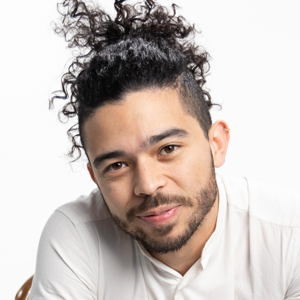
Session CEUs: Course Description and Learning Objectives
Course Description
This course provides a comprehensive overview of mass timber connection design, encompassing historical context, practical fabrication considerations, durability concerns, and seismic performance requirements. Participants will explore the evolution of timber joinery, drawing inspiration from historical precedents in the Pacific Northwest and examining how these techniques inform modern mass timber construction. The session will delve into fabrication strategies that optimize connection detailing for cost-effectiveness and ease of installation and address critical aspects of fire design for Type IV-B construction, including code interpretation and AHJ interaction.
Furthermore, the course will address the long-term performance and durability of mass timber connections, focusing on fastener selection and behavior under various service conditions, including the effects of moisture, corrosion, and hydrogen embrittlement on fastener integrity and strategies for mitigation. Finally, the session will address the critical issue of seismic performance, examining the challenges of ensuring deformation compatibility in gravity connections and discussing current testing methodologies and the need for standardized industry criteria.
ICC:
Evolution of timber joinery, inspired from historical precedents in the Pacific NW and how these techniques inform modern MT construction. Delve into fabrication strategies that optimize connection detailing for cost-effectiveness and installation and address aspects of fire design for Type IV-B – code interpretation and AHJ interaction. Address long-term performance and durability of MT connections, focus on fastener selection and behavior under various conditions, including effects of moisture, corrosion, and hydrogen embrittlement on fastener integrity and strategies for mitigation. Critical issue of seismic performance, examine the challenges of ensuring deformation compatibility in gravity connections and current testing methodologies and the need for standardized industry criteria.
Learning Objectives
- Analyze historical timber connection techniques and apply relevant principles to inform contemporary mass timber design and efficient fabrication strategies, considering cost-effectiveness and ease of installation.
- Evaluate the impact of environmental factors and service conditions on fastener durability, including the mechanisms of hydrogen embrittlement, and implement appropriate mitigation strategies in mass timber construction.
- Incorporate fire design considerations for Type IVB mass timber construction, including connection detailing to meet fire rating requirements, code interpretation, and strategies for interfacing with Authorities Having Jurisdiction (AHJs).
- Explain the importance of seismic deformation compatibility in mass timber connections and discuss current testing methodologies and the need for standardized industry criteria to ensure structural integrity in seismic zones.
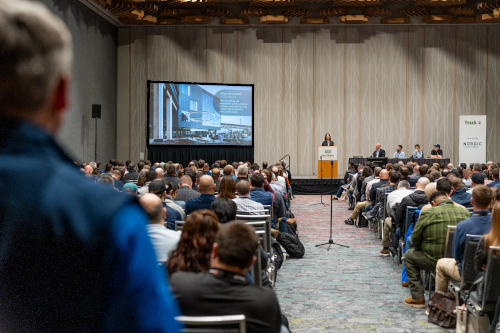 View the Agenda
View the Agenda
 Book a Building Tour
Book a Building Tour
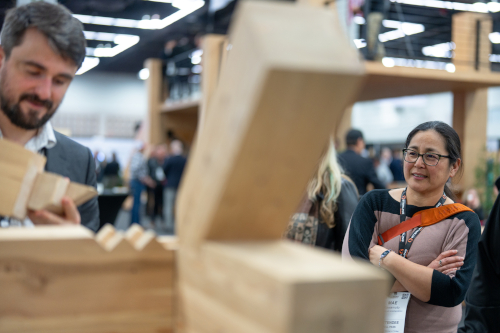 Book Your Exhibit Space
Book Your Exhibit Space
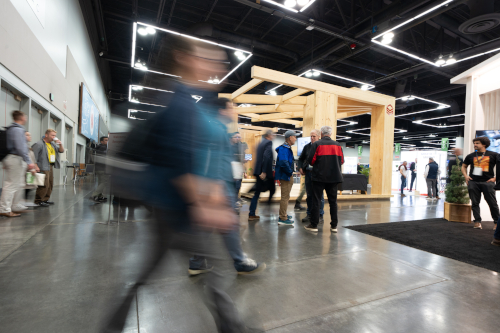 Explore the Exhibit Hall
Explore the Exhibit Hall
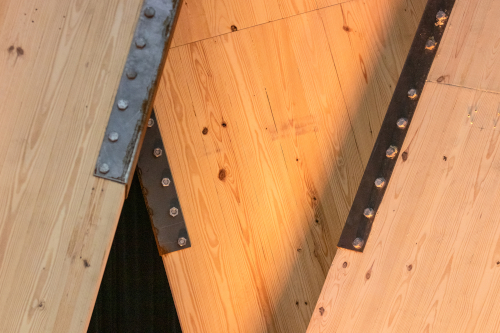 Become a Sponsor
Become a Sponsor
 View Sponsors & Partners
View Sponsors & Partners
 Reserve Hotel Rooms
Reserve Hotel Rooms
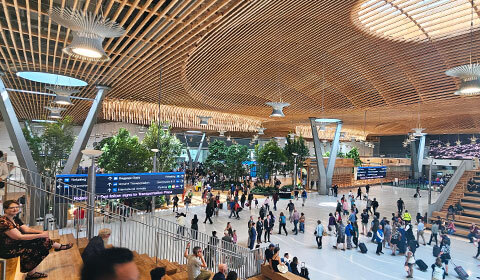 Discounted Plane Tickets
Discounted Plane Tickets
 Read Case Studies
Read Case Studies
 Purchase Past Reports
Purchase Past Reports


